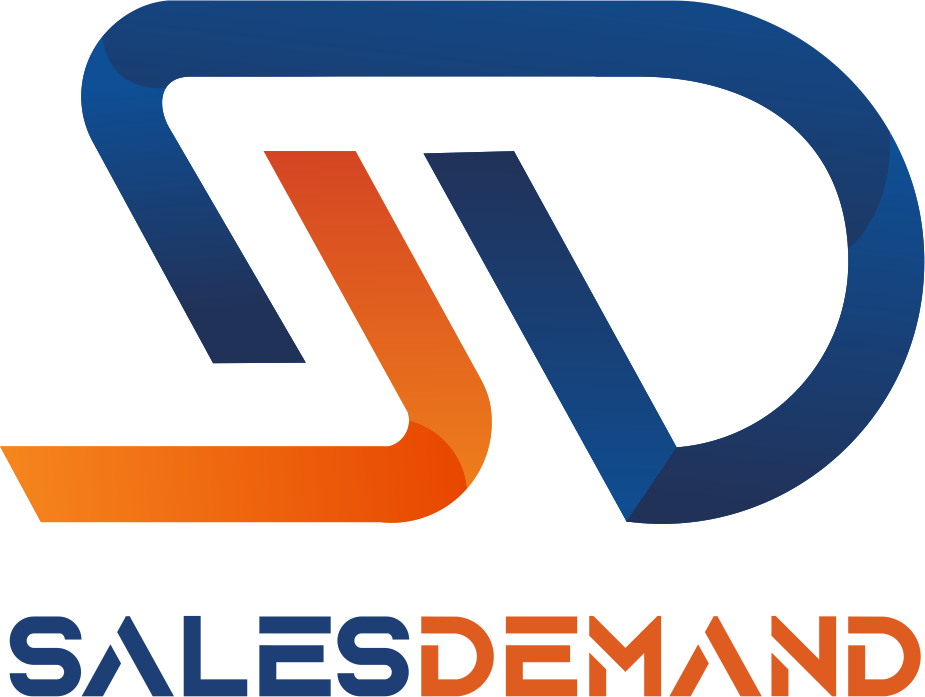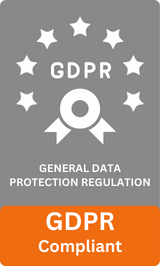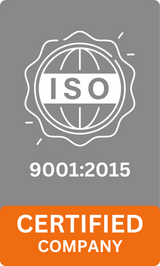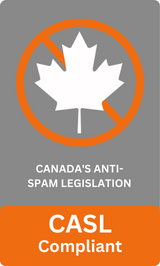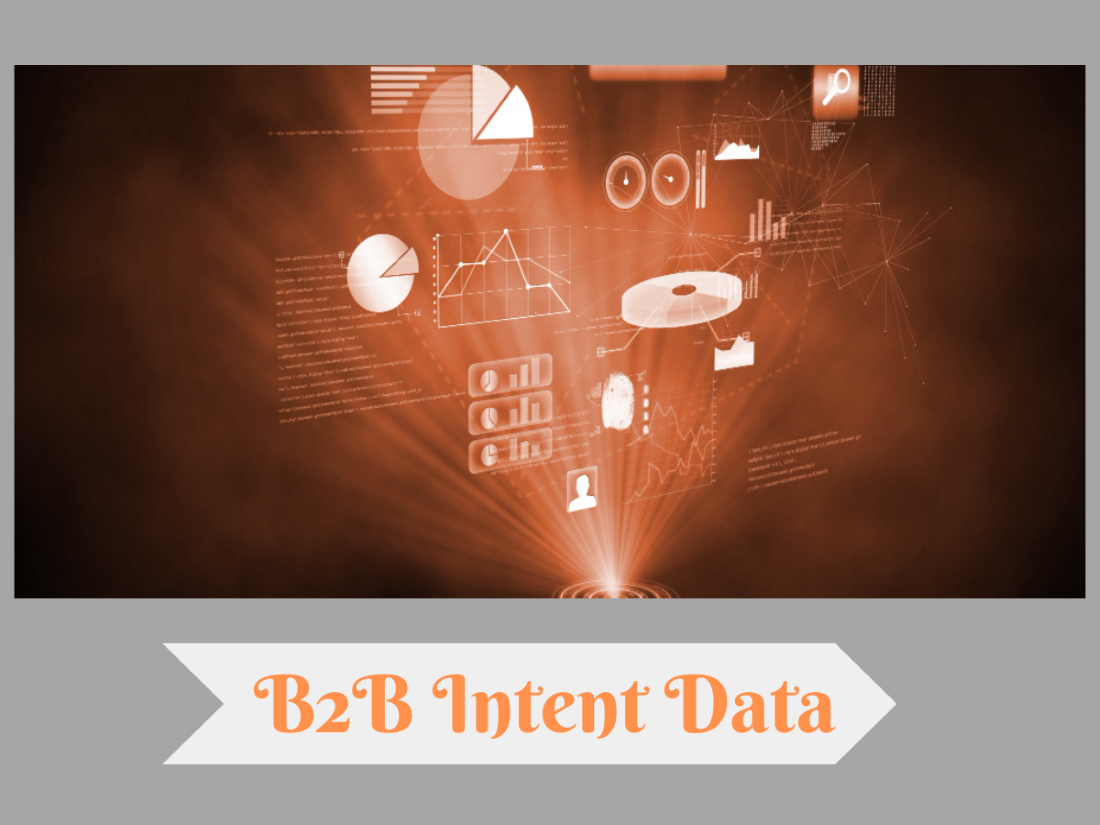
In B2B marketing, staying ahead of the competition requires not just knowing your audience, but truly understanding their needs, intent, and behaviour. This is where B2B Intent Data comes into play. As the name suggests, intent data is essentially the digital footprint that potential buyers leave behind when interacting with online content related to a product or service.
By utilizing this data, companies can create more targeted, efficient lead generation strategies, ensuring they approach prospects at the right time with the right message. According to recent stats, 50% of leaders said intent data helps with sales and marketing alignment
In this blog, we’ll dive deep into how B2B Intent Data drives targeted lead generation, explore its types and sources, and discuss its crucial role in crafting more personalized and effective marketing campaigns. By the end of this post, you’ll not only have a clear understanding of intent data but also practical insights on leveraging it to enhance your lead generation efforts.
Table of Contents
ToggleWhat is B2B Intent Data?
B2B Intent Data is essentially information that reveals when a business is in the market for a product or service. It’s a reflection of a company’s online activities, like researching specific topics, visiting product pages, reading reviews, or interacting with related content.
This data, when collected and analyzed, provides marketers with insights into which businesses are most likely to make a purchase and when. It can come from a variety of online actions, including website visits, content consumption, and interactions with ads or social media.
Intent data comes in two main types: First-party intent data and third-party intent data. First-party intent data is generated from the interactions prospects have with your website or content. On the other hand, third-party intent data is collected by external platforms or networks, reflecting interactions across a broader range of websites or digital channels.
How Does B2B Intent Data Drive Targeted Lead Generation?
Now that we understand what B2B Intent Data is, the question arises: how can it truly enhance lead generation efforts? Below are several ways this powerful tool drives more targeted and efficient lead generation.
1# Identifying High-Quality Leads
Intent data helps identify high-potential leads by tracking the activities of individuals or businesses that are actively looking for solutions in your industry. Rather than relying on demographic data alone, which can only tell you so much about a prospect’s interest, intent data provides direct insight into their behaviour.
For instance, if a company repeatedly searches for “enterprise software solutions” or spends time on a comparison page of your product, it’s clear they are in the market for what you offer.
By focusing on these high-intent prospects, businesses can prioritize their efforts on leads that are more likely to convert, increasing the overall efficiency of their lead-generation strategies.
2# Personalizing Outreach and Messaging
One of the most significant benefits of B2B Intent Data is its ability to help marketers create highly personalized outreach campaigns. When you understand what a company is interested in, you can tailor your content, emails, and sales outreach to address their specific pain points. This level of personalization not only increases engagement but also improves the chances of conversion.
For example, if you know a prospect who has been researching cloud computing solutions for several weeks, your sales team can approach them with personalized messaging that speaks directly to their needs, offering a solution that can solve their unique challenges. This is far more effective than generic outreach, which tends to get lost in the noise of inboxes and online ads.
3# Better Timing for Outreach
Timing is crucial in B2B sales, and B2B Intent Data can help understand when a lead is likely to be in the decision-making phase of their buying journey. For instance, if a prospect downloads an eBook or attends a webinar, they are likely in the research phase, while visiting your pricing page indicates they are nearing the end of their buying cycle and might be ready for a sales call.
Knowing when to reach out is just as important as knowing who to reach out to. Intent data helps businesses time their outreach perfectly, ensuring that they don’t miss the window of opportunity.
4# Refining Marketing Campaigns
B2B Intent Data allows you to analyze the effectiveness of your current marketing campaigns and refine your strategies accordingly. By monitoring the actions of engaged leads, businesses can determine which aspects of their campaigns are resonating with their target audience. Whether it’s a particular type of content, a promotional offer, or an email subject line, intent data provides insights that can guide future campaigns for better results.
Moreover, intent data can highlight gaps in your content or marketing strategy. For example, if prospects are spending significant time reading about a competitor’s product, it might be an indication that you need to adjust your positioning or content to better highlight your unique value proposition.
5# Improved Lead Scoring and Segmentation
Traditional lead-scoring methods often focus on surface-level metrics like job title, industry, or company size. While these are useful, they don’t always reflect the actual intent of a lead. B2B Intent Data adds another layer of sophistication to lead scoring by evaluating how engaged a lead is with your content and how closely their behaviour aligns with your ideal customer profile.
This data enables marketers to better segment their audience, ensuring that the right content and offers are delivered to the right prospects based on their specific intent signals.
The Role of Third-Party Data Providers
To leverage B2B Intent Data effectively, businesses often turn to third-party data providers. These platforms aggregate data from multiple sources, tracking the activities of businesses across the web and providing actionable insights to marketers. Some of the leading third-party data providers include companies like Bombora, G2, and TechTarget.
By subscribing to these platforms, businesses can gain access to a wealth of intent data without having to build their data collection infrastructure. These providers offer data sets that track online behaviours such as content consumption, search activity, and product comparisons, giving businesses a comprehensive view of which companies are actively researching solutions in their space.
Challenges in Using B2B Intent Data
While B2B Intent Data is undoubtedly valuable, there are a few challenges that companies need to be aware of when utilizing it. One key challenge is ensuring data privacy and compliance with regulations like GDPR and CCPA. Since intent data is often collected through cookies and tracking mechanisms, businesses must ensure they are transparent about data usage and adhere to legal requirements.
Additionally, the sheer volume of data can be overwhelming, especially if you’re not equipped to analyze it effectively. Businesses need the right tools and resources to process and make sense of intent data in a way that leads to actionable insights.
Conclusion
B2B Intent Data has emerged as a powerful tool for driving targeted lead generation in today’s digital landscape. By identifying high-quality leads, personalizing outreach, and improving timing, intent data allows businesses to engage with prospects in a way that is both relevant and timely.
Analyzing and refining marketing strategies based on intent signals boosts conversion rates and ensures that resources go to the leads most likely to result in sales.
As more businesses turn to B2B Intent Data to optimize their lead generation efforts, those who embrace this strategy will undoubtedly have a competitive edge in the market. By focusing on intent rather than traditional demographics, B2B marketers can build more effective and personalized marketing campaigns that speak directly to their audience’s needs, driving better results and long-term business growth.
FAQs
- What is B2B Intent Data?
B2B Intent Data refers to the information businesses collect from online interactions that indicate a potential buyer’s intent to purchase a product or service. - How can B2B Intent Data help with lead generation?
It helps identify high-quality leads, personalizes outreach, optimizes timing, and improves lead scoring, making your lead generation efforts more targeted and efficient. - Can marketers use B2B Intent Data for content marketing?
Yes, by understanding which topics resonate with potential buyers, businesses can tailor their content to address the specific needs and pain points of their audience. - What are the challenges of using B2B Intent Data?
The challenges include managing data privacy concerns, processing large volumes of data, and ensuring compliance with regulations such as GDPR. - How accurate is B2B Intent Data?
While B2B Intent Data can provide highly valuable insights, its accuracy depends on the sources of the data and the methods used to analyze it. - Are third-party data providers necessary to leverage B2B Intent Data?
While not absolutely necessary, third-party data providers can offer valuable insights that help businesses track intent signals across multiple platforms and gain a more comprehensive view of their prospects.
I hope you find the above content helpful. For more such informative content please visit SalesDemand.
